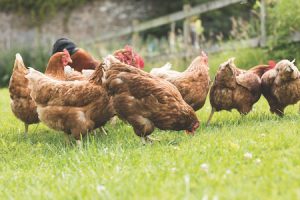
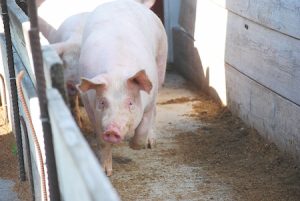
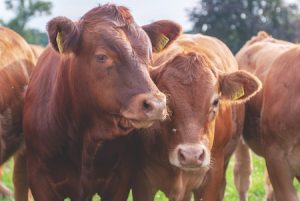
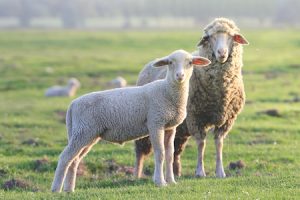
INTRODUCTION
What are foreign animal diseases (FADs)?
Diseases of livestock and poultry that do not normally occur in the United States are called foreign animal diseases or FADs. These diseases can spread rapidly and pose a significant threat to animal agriculture, human health, and the economy. If a FAD is found in the United States, it must be controlled and contained as soon as possible to prevent further spread and minimize the financial impact to producers.
Producers like you have a key role in preventing FADs. This field guide will help you recognize early signs of FADs and learn how to report them to your veterinarian and animal health officials. While FADs are generally uncommon, they should always be considered when people or animals on the farm have recently traveled to a foreign country.
This field guide lists examples of FADs. It is not an exhaustive list. To learn more about FADs, visit the United States Department of Agriculture’s Notifiable Diseases and Conditions website.
Your State may require reporting of additional diseases or conditions. Contact your State Animal Health Official (SAHO) for more information.
This guide should not be used for diagnostic purposes.
INCREASE IN DEAD ANIMALS
What would an increase in dead animals look like?
- Higher than expected number of dead animals
- Sudden death in one or more animals with no signs of being sick
What should I do if dead animals are found in my herd or flock?
You cannot determine the cause of death by looking at a dead animal. Laboratory testing is needed to make a diagnosis.
Call your veterinarian right away if multiple animals have died suddenly or unexpectedly in your herd or flock. Contact your State Animal Health Official (SAHO) if you do not have a veterinarian.
What are some causes of sudden death in livestock and poultry?
FADs can look similar to other causes of sudden death, like common infections, parasites, poisoning, nutritional deficiency, and physical injury.
Some examples of FADs that cause sudden death are:
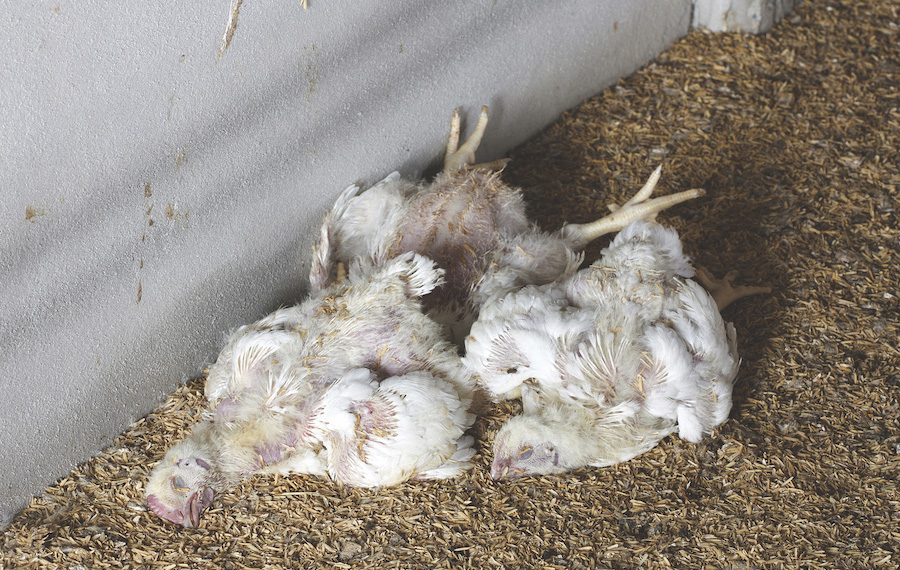
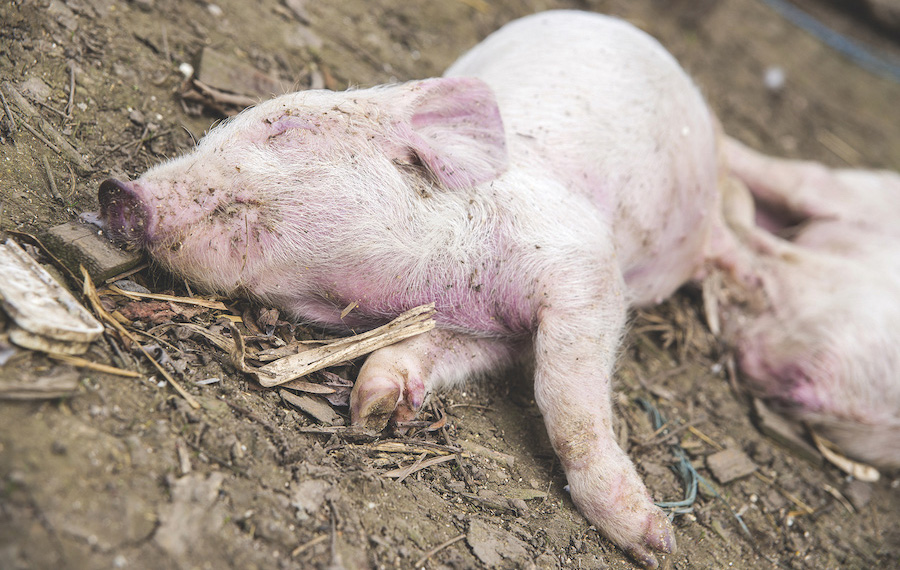
ABORTION STORMS
What would an abortion storm look like?
- More abortions than expected in a herd
in a given period of time - Many animals aborting around the same time
What should I do if an abortion storm occurs in my herd?
Increased abortions are easier to identify when animals are housed indoors. When animals are kept outside, fetuses may be hard to see in grassy or wooded areas, and predators can consume fetuses before they are found.
You cannot determine the cause of abortion by looking at the fetus. Laboratory testing is needed to make a diagnosis.
Call your veterinarian right away if an abortion storm occurs in your herd. Contact your State Animal Health Official (SAHO) if you do not have a veterinarian.
What are some causes of abortion storms in livestock?
FADs can look similar to common reproductive diseases, genetic problems, and nutritional deficiencies.
Some examples of FADs that cause abortion are:
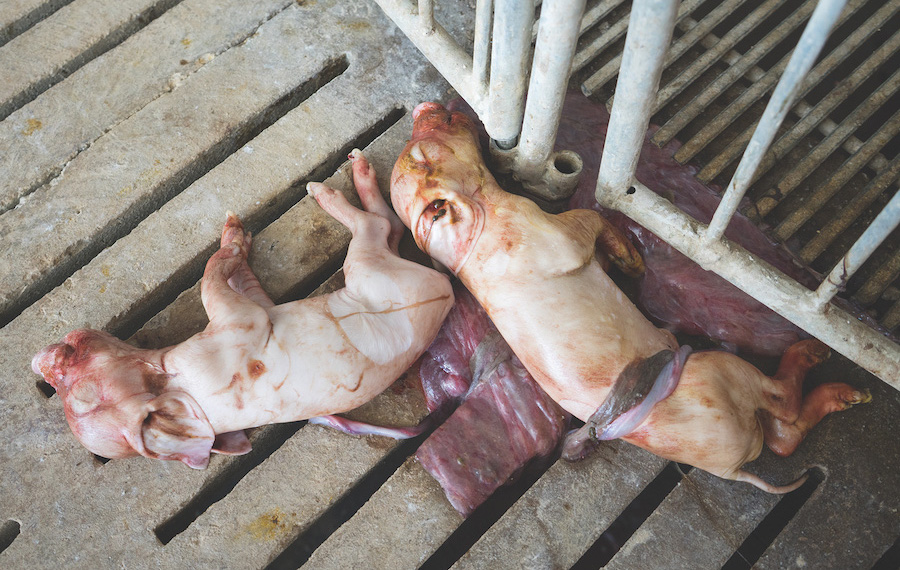
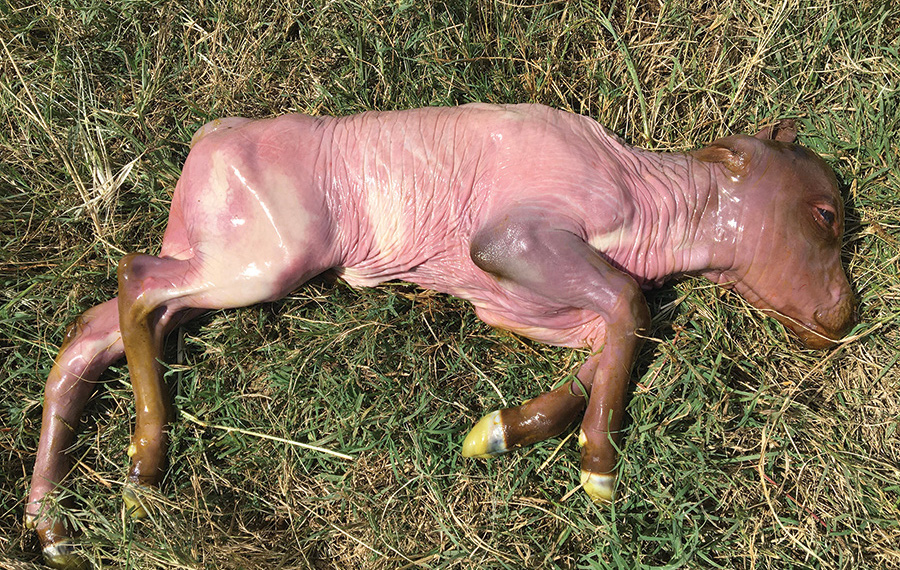
SEVERE BREATHING PROBLEMS
What would severe breathing problems look like?
- Difficulty breathing, such as noisy or rapid breathing, stretched out head and neck, or breathing with the mouth open
- Coughing, sneezing, runny nose or eyes
What should I do if severe breathing problems occur in my herd or flock?
Stressful events like transport can make animals more likely to get sick. Be concerned when multiple animals are affected. Animals can die quickly when they have trouble breathing.
You cannot determine the cause of breathing problems by looking at the animal. Laboratory testing is needed to make a diagnosis.
Call your veterinarian right away if there are severe breathing problems in your herd or flock. Contact your State Animal Health Official (SAHO) if you do not have a veterinarian.
What are some causes of severe breathing problems in livestock and poultry?
FADs can look similar to common respiratory diseases, allergies, parasites, or a blocked airway.
Some examples of FADs that cause severe breathing problems are:
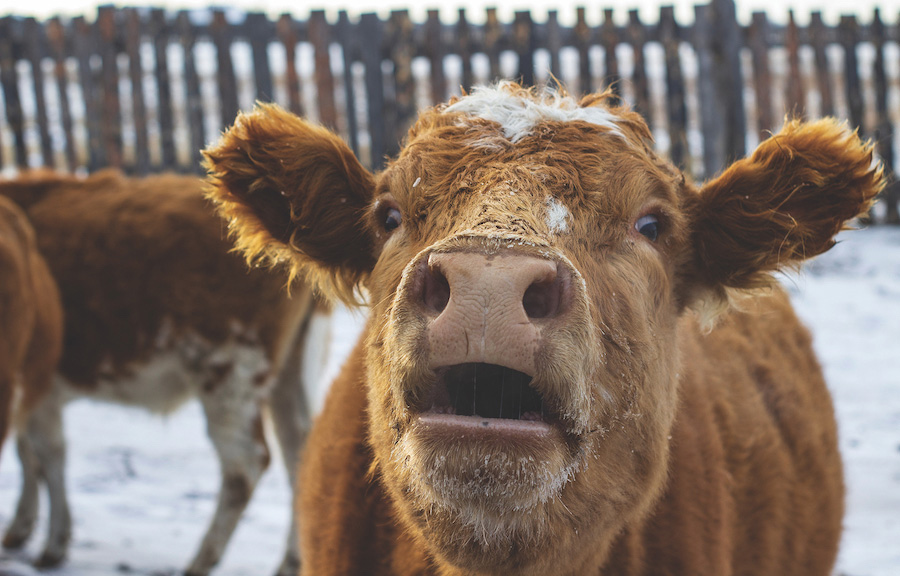
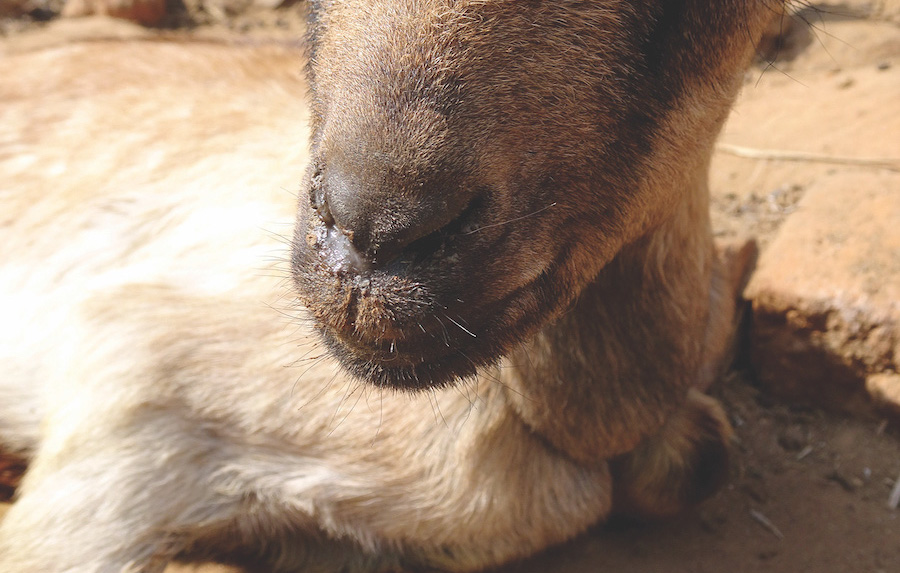
UNUSUAL SKIN LESIONS
What would unusual skin lesions look like?
- Blisters or erosions in or on the mouth, tongue, nose, feet, and teats
- Round, raised “lumpy skin” areas filled with pus or crusted over
- Dark red or purple blotches on the skin
What should I do if unusual skin lesions are seen in my herd?
You cannot determine the cause of unusual skin lesions by looking at the animal. Laboratory testing is needed to make a diagnosis.
Call your veterinarian right away if you see unusual skin lesions in your herd. Contact your State Animal Health Official (SAHO) if you do not have a veterinarian.
What are some causes of unusual skin lesions in livestock?
Blisters or erosions caused by different FADs look identical. Not all diseases that cause skin lesions are FADs. The animal species affected can provide a clue to the type of disease.
Some examples of FADs that cause skin lesions are:
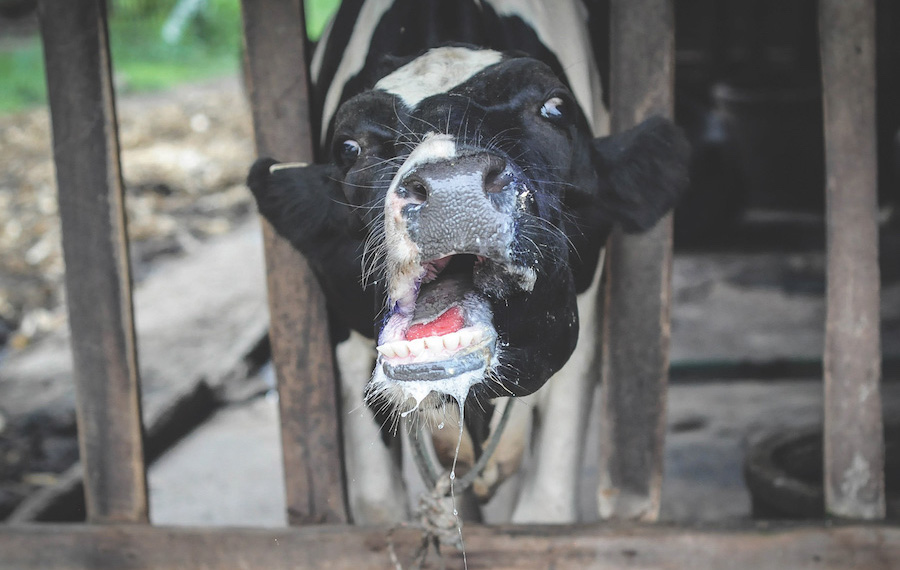
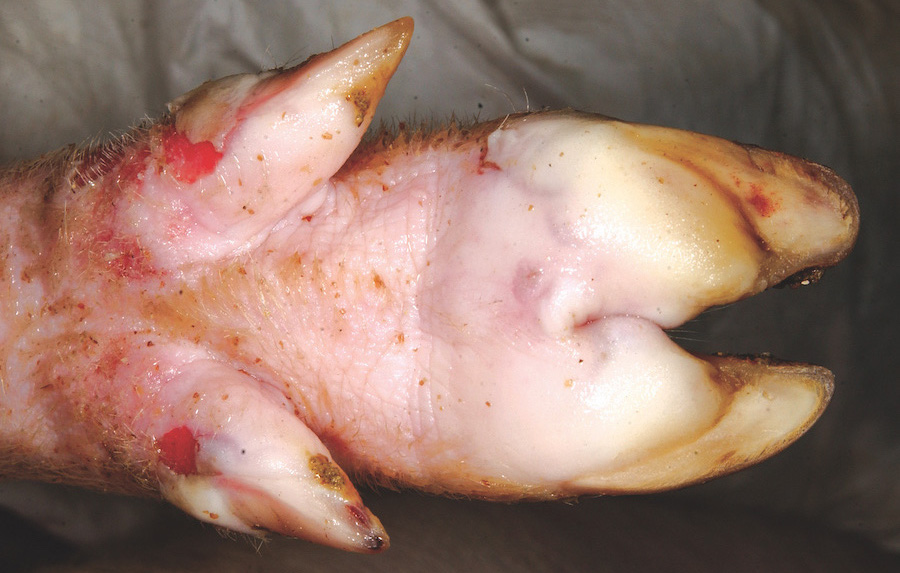
NERVOUS SYSTEM PROBLEMS
What would nervous system problems look like?
- Head pressing, wandering, turning in circles, tripping, bumping into objects, seizures, vocalization, or aggression
- Wide stance, head or neck turned or arched back (“stargazing”), head tilt
- High-stepping, staggering, or leaning
- Drooling, tongue out, or food in nostrils
What should I do if nervous system problems occur in my herd or flock?
Recognizing signs of nervous system disease
is essential since affected animals can hurt themselves or others.
You cannot determine the cause of nervous system problems just by looking at the animal. Laboratory testing is needed to make a diagnosis.
Call your veterinarian right away if you see nervous system problems in your herd or flock. Contact your State Animal Health Official (SAHO) if you do not have a veterinarian.
What are some causes of nervous system problems in livestock?
FADs can appear similar to common nervous system diseases, metabolic diseases (like low blood calcium), lead poisoning, and vitamin or mineral excesses or deficiencies related to feed.
Some examples of FADs that cause nervous system problems are:
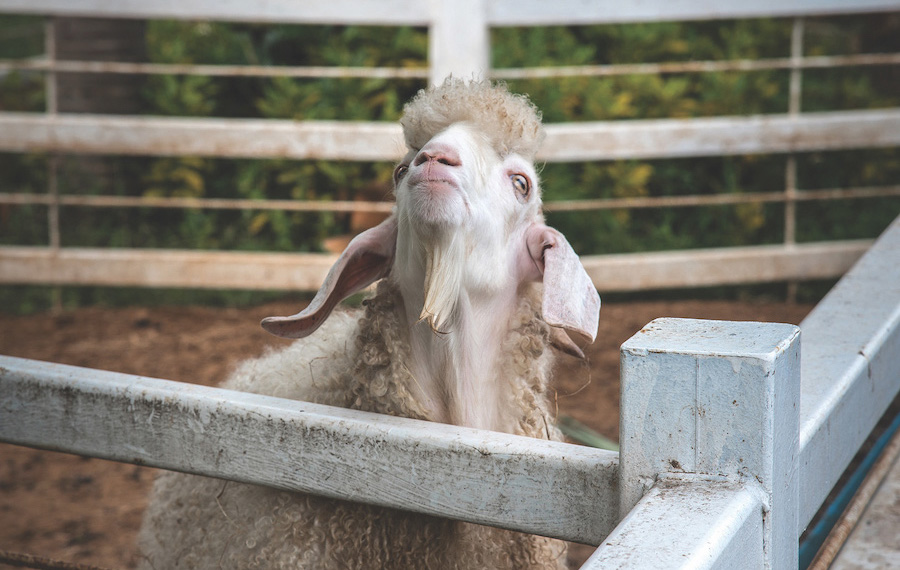
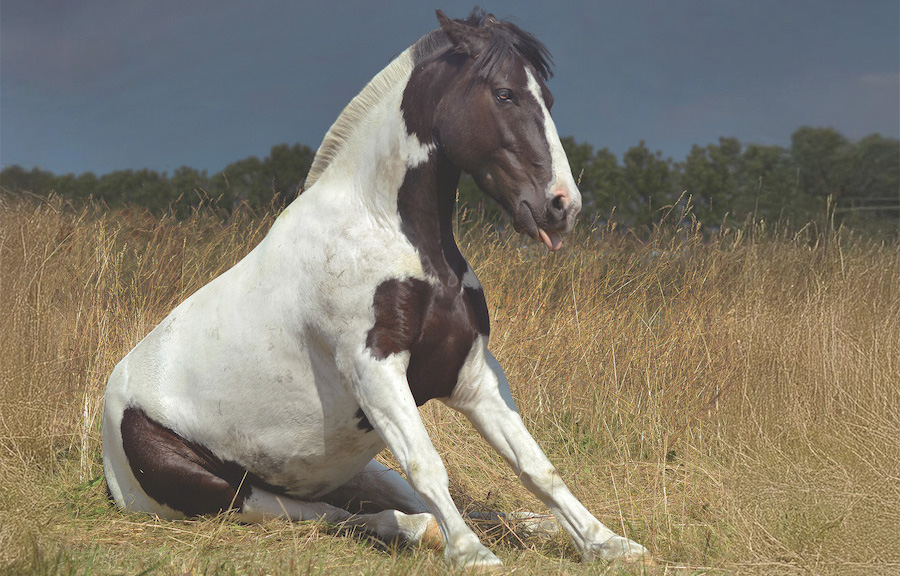
UNUSUAL PARASITES
What would unusual parasites look like?
- Ticks with unfamiliar colors or markings
- Mites with strange colors or markings in or on skin or feathers
- Unfamiliar looking flies or maggots that feed on living flesh, not wounds
What should I do if unusual parasites are seen in my herd or flock?
You cannot identify foreign parasites by looking at them. Laboratory testing is needed to make a diagnosis.
Call your veterinarian right away if unusual parasites are found in your herd or flock. Contact your State Animal Health Official (SAHO) if you do not have a veterinarian.
What are some unusual parasites of livestock?
Foreign parasites can look similar to those found in the United States, with clinical signs that mimic other causes of itching and rashes, such as fungal infections or allergies.
Some parasites foreign to the United States are:
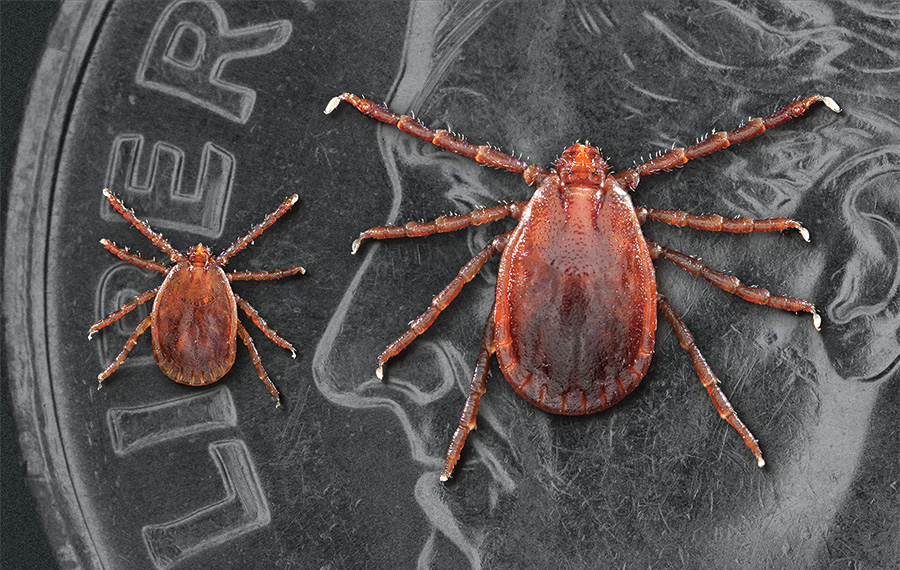
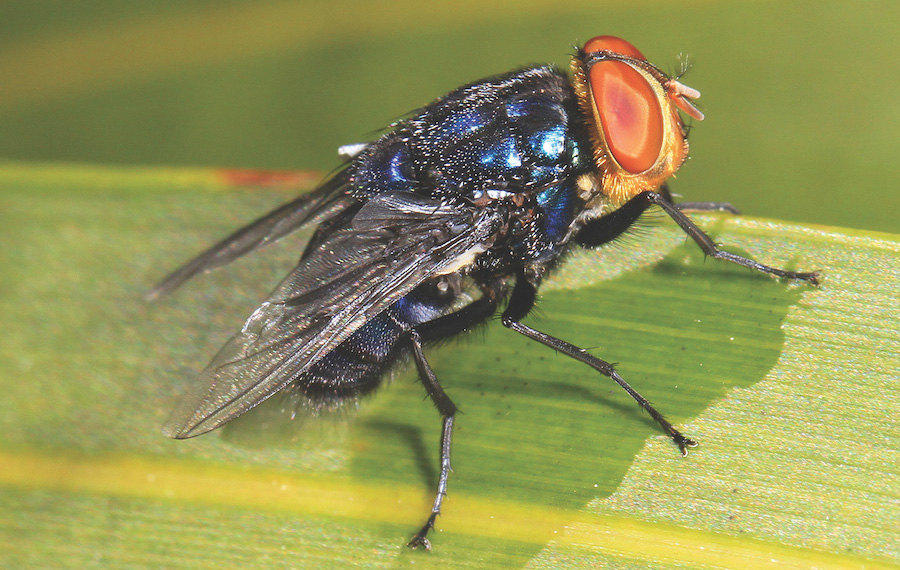
FAD Prevention
Farm biosecurity actions taken every day can help prevent FADs.
Practice good biosecurity by doing the following:
- Limit entry onto your farm; allow only essential people, vehicles, and equipment access
- Keep new or returning animals separate (i.e., quarantined) from the home herd or flock upon arrival
- Isolate sick animals away from the herd or flock
- Clean and disinfect any equipment or tools that are shared between farms
- Keep animal areas clean and dry
- Keep animals up to date on vaccines and parasite control
- Work with your veterinarian to dispose of dead animals safely
- Keep wildlife, rodents, and pets out of animal areas
- Secure animal feed and clean up spills immediately
Some FADs spread between animals and people; these are called zoonotic diseases. People more likely to get sick include those who work closely with animals, young children, older adults and those with a weakened immune system. Simple precautions can minimize disease risk.
When working with animals:
- Wear gloves when handling sick animals
- Wash your hands with warm water and soap after handling sick animals
- Do not touch your eyes, nose, or mouth
- Cover cuts, scrapes, and wounds with a bandage
- Do not eat or drink in animal areas
ACKNOWLEDGMENTS
This guide was developed by the Center for Food Security and Public Health with funding from USDA APHIS through the National Animal Disease Preparedness and Response Program. Photos from Shutterstock except pigs at load-out (Pam Zaabel/CFSPH), Screwworm – Cochliomyia hominivorax (Judy Gallagher/CC by 2.0), and longhorned ticks (CDC/public domain).


